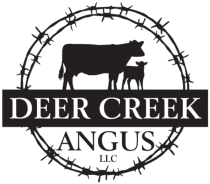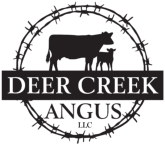| Bohn Web Design Copyright © 2020 to Present. All rights reserved. | Technical Assistance: Lynne@BohnWebDesign.com |
Frequently Asked Questions


What is the meaning of “sustainably-grown?”
It is a method of farming that produces safe, nutritious beef while balancing environmental
stewardship, social responsibility, and economic viability.
What is “marbling?”
Marbling, also known as intramuscular fat, is the fat intermingled with the beef muscle, and it is the
leading factor that determines the quality grade of beef. Marbling ensures and is a visual way to
identify beef tenderness, flavor, and juiciness. It improves the overall palatability of the beef.
Why doesn’t a 1,300 pound live animal yield 1,300 pounds of beef?
The average weight of a live steer or heifer that is ready for harvest is 1,300 pounds. A butcher will
remove the hide, head, and internal organs, which leaves about 62% of the animal’s original weight,
resulting in an average 806 pounds, which is known as the “dressing percentage.” The dressing
percentage can vary by animal, depending on hide thickness, presence of horns, if the animal was grass-
or grain-fed, etc.
The beef carcass is then chilled and hung. The chilling process converts the muscle to edible meat.
Once properly chilled, the carcass is then aged so that the meat develops flavor and becomes more
tender. A small amount of weight is lost during this process due to water evaporation.
Once the aging process is complete, the beef carcass can be made into retail cuts. More inedible parts
are removed, and the yield is about 639 pounds of edible beef. About 38% of this weight will be
converted to ground beef. The remainder is cut into steaks and roasts.
What nutrients does a person gain from eating beef?
Beef provides iron to help your body use oxygen, choline to support nervous system development,
protein to help preserve and build muscle, Vitamins B6 and B12 to help maintain brain function and
provide energy, phosphorus to help build bones and teeth, zinc to help maintain a healthy immune
system, niacin to help support energy production and metabolism, riboflavin to help convert food into
fuel, and selenium to help protect cells from damage.
What is beef “grading?”
The USDA has a grading system for beef. The system classifies prime as the best beef for eating.
“Canner beef” is the least desirable. The system grades the beef on the expected eating characteristics
of tenderness, juiciness, and flavor.
Is there a cost savings when buying from Deer Creek Angus Farm?
A consumer will spend considerably more per pound when buying meat from a supermarket, cut by cut.
Our price is lower per pound on the hanging weight. Often, the consumer is saving over $1,000 on a
whole cow! As a bonus, it is locally-raised in Phillips, Wisconsin and locally-processed at Whiskey Ridge
in Radisson, Wisconsin; Heritage Meats in Butternut, Wisconsin; Pinter’s Packing Plant in Dorchester,
Wisconsin; or Geiss Meat Services, LLC in Merrill, Wisconsin.
How much freezer space will I need?
Generally, one cubic foot of freezer space will hold 35 to 40 pounds of packaged meat.
How long will my beef last in the freezer?
The USDA recommends eating frozen roasts and steaks within 12 months.
What do I need to bring when picking up my order of meat?
Bring boxes or coolers so you can easily transport the meat
home.
What is the burger fat content?
On our beef, the average fat content is 80/20 to 90/10.













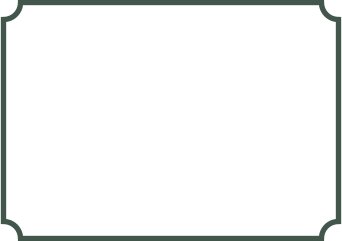
"Made some juicy, tender
barbecue rib tips with the
chuck roast I got from you! It
was so good my daughter had
seconds."
~Dana
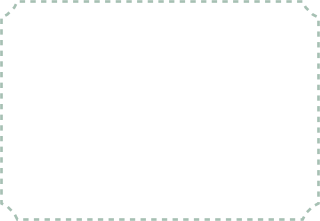
TESTIMONIAL

"The beef from
your farm is
delicious!"
~Landra

TESTIMONIAL

"Your beef is the
best I have had
by far! Delicious!"
~Elaine

TESTIMONIAL


HELPFUL INFORMATION

Beef Cuts - Information
Beef Cuts - Images
Beef Quality Grades
Beef’s Top Ten Nutrients
Ground Beef Thawing
Beef Sustainability Facts
Your Beef Breakdown







Frequently Asked
Questions


What is the meaning of “sustainably-grown?”
It is a method of farming that produces safe,
nutritious beef while balancing environmental
stewardship, social responsibility, and economic
viability.
What is “marbling?”
Marbling, also known as intramuscular fat, is the
fat intermingled with the beef muscle, and it is
the leading factor that determines the quality
grade of beef. Marbling ensures and is a visual
way to identify beef tenderness, flavor, and
juiciness. It improves the overall palatability of
the beef.
Why doesn’t a 1,300 pound live animal yield
1,300 pounds of beef?
The average weight of a live steer or heifer that
is ready for harvest is 1,300 pounds. A butcher
will remove the hide, head, and internal organs,
which leaves about 62% of the animal’s original
weight, resulting in an average 806 pounds,
which is known as the “dressing percentage.”
The dressing percentage can vary by animal,
depending on hide thickness, presence of horns,
if the animal was grass- or grain-fed, etc.
The beef carcass is then chilled and hung. The
chilling process converts the muscle to edible
meat. Once properly chilled, the carcass is then
aged so that the meat develops flavor and
becomes more tender. A small amount of
weight is lost during this process due to water
evaporation.
Once the aging process is complete, the beef
carcass can be made into retail cuts. More
inedible parts are removed, and the yield is
about 639 pounds of edible beef. About 38% of
this weight will be converted to ground beef.
The remainder is cut into steaks and roasts.
What nutrients does a person gain from
eating beef?
Beef provides iron to help your body use
oxygen, choline to support nervous system
development, protein to help preserve and build
muscle, Vitamins B6 and B12 to help maintain
brain function and provide energy, phosphorus
to help build bones and teeth, zinc to help
maintain a healthy immune system, niacin to
help support energy production and
metabolism, riboflavin to help convert food into
fuel, and selenium to help protect cells from
damage.
What is beef “grading?”
The USDA has a grading system for beef. The
system classifies prime as the best beef for
eating. “Canner beef” is the least desirable. The
system grades the beef on the expected eating
characteristics of tenderness, juiciness, and
flavor.
Is there a cost savings when buying from
Deer Creek Angus Farm?
A consumer will spend considerably more per
pound when buying meat from a supermarket,
cut by cut. Our price is lower per pound on the
hanging weight. Often, the consumer is saving
over $1,000 on a whole cow! As a bonus, it is
locally-raised in Phillips, Wisconsin and locally-
processed at Whiskey Ridge in Radisson,
Wisconsin; Heritage Meats in Butternut,
Wisconsin; Pinter’s Packing Plant in Dorchester,
Wisconsin; or Geiss Meat Services, LLC in Merrill,
Wisconsin.
How much freezer space will I need?
Generally, one cubic foot of freezer space will
hold 35 to 40 pounds of packaged meat.
How long will my beef last in the freezer?
The USDA recommends eating frozen roasts and
steaks within 12 months.
What do I need to bring when picking up my
order of meat?
Bring boxes or coolers so you can easily
transport the meat home.
What is the burger fat content?
On our beef, the average fat content is 80/20 to
90/10.














"Made some juicy, tender
barbecue rib tips with the
chuck roast I got from you! It
was so good my daughter had
seconds."
~Dana

TESTIMONIAL

"The beef from
your farm is
delicious!"
~Landra

TESTIMONIAL

"Your beef is the
best I have had
by far! Delicious!"
~Elaine

TESTIMONIAL
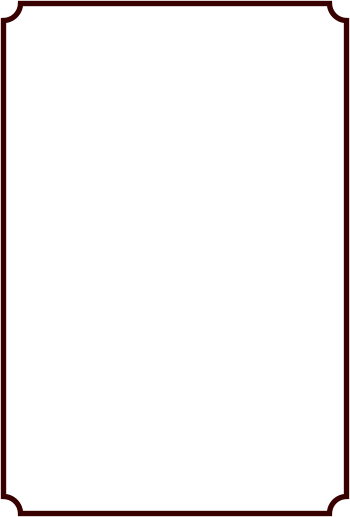
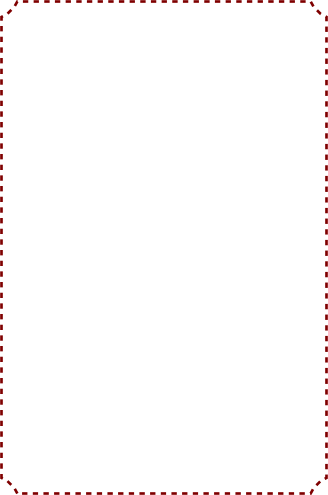
HELPFUL INFORMATION

| Bohn Web Design Copyright © 2020 to Present. All rights reserved. |
| Technical Assistance: Lynne@BohnWebDesign.com |
Beef Cuts - Information
Beef Cuts - Images
Beef Quality Grades
Beef’s Top Ten Nutrients
Ground Beef Thawing
Beef Sustainability Facts
Your Beef Breakdown







N9682 Deer Creek Road, Phillips, Wisconsin 54555
